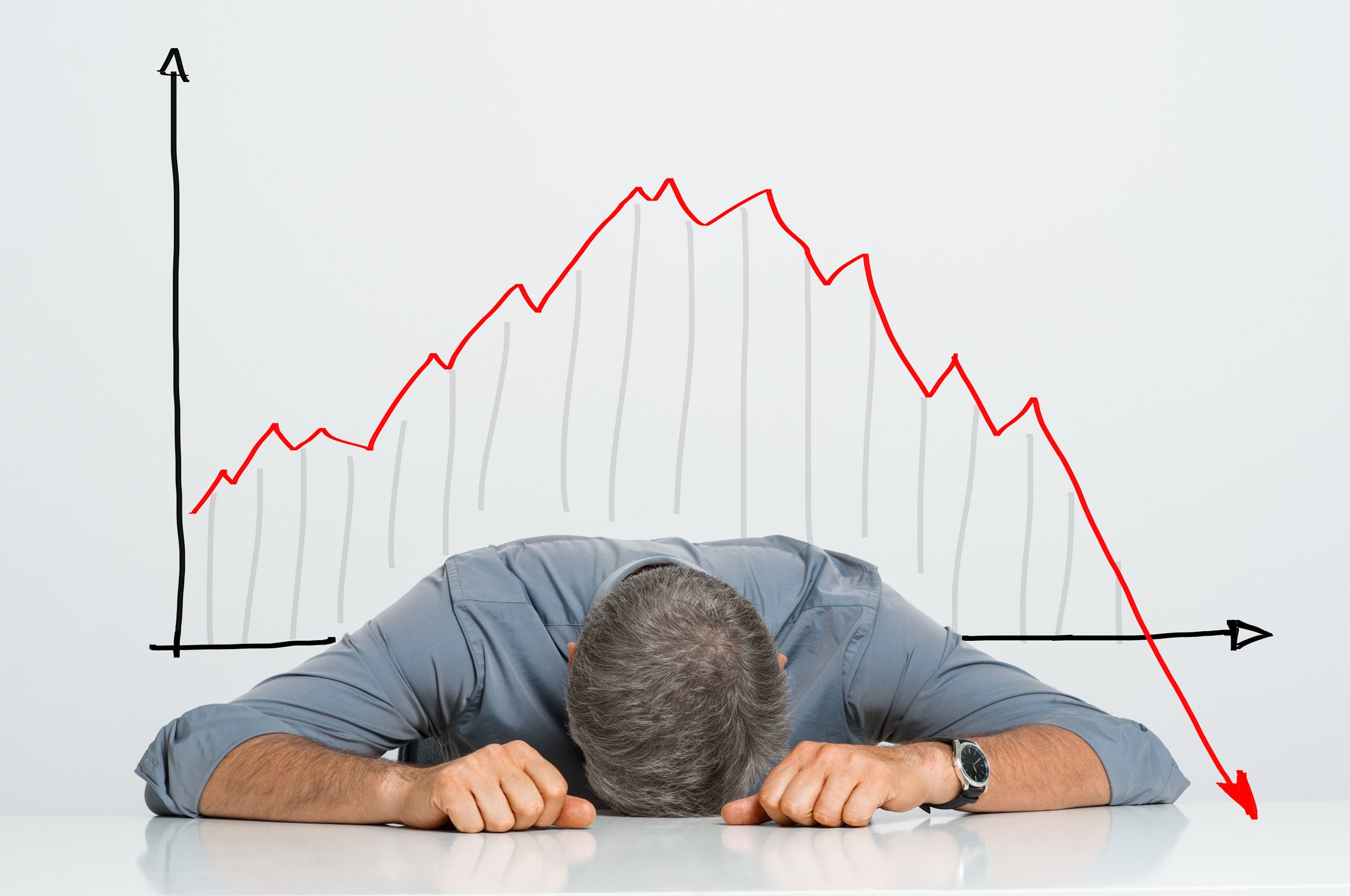Investing in dividend stocks is generally about generating a reliable income stream. For some it's a way to live off of your portfolio today without having to tap your capital, while for others it's about dividend reinvestment over time and the power of compounding. In either case, however, you want to make sure that the dividend is sustainable. On that score, high-yielders Barnes & Noble, Inc. (BKS +0.00%), CenturyLink, Inc. (CTL +0.74%), and Kinder Morgan, Inc. (KMI +0.55%) are three dividend stocks I'd never buy. Here's why.
1. A retailer struggling with the move to e-commerce
Barnes & Noble has lost money in six of the last 10 years and eight of the last 10 quarters. That second stat is even more troubling when you look at the two quarters in which it managed to turn a profit: the holiday season in fiscal 2016 and 2017. It didn't turn a profit in the most recent holiday season, which is the single most important time of the year for most retailers. And while full-year fiscal 2018 earnings were hit hard by one-time asset impairment charges, there were no charges in the fourth quarter, so the holiday season loss appears to be bad business performance.

Image source: Getty Images.
The book seller's payout ratio is currently above 100%, a worrying sign and not surprising given that it is losing money. That said, dividends get paid out of cash flow, so it is possible to maintain a dividend that's larger than earnings. The bigger problem with Barnes & Noble is that it is struggling to remain relevant in the fast-changing retail landscape. To put it simply, this brick-and-mortar store chain has been losing to online retailers like Amazon.
Barnes & Noble has been trying to fight back, opening its own online store and closing underperforming locations, among other things. But the red ink indicates it isn't achieving a huge amount of success. Barnes & Noble's very existence is being threatened and the book seller's weak results suggest the high dividend yield isn't worth the risk for income investors.
2. An expensive business shift
CenturyLink recently merged with Level 3 Communications to create a largely business-focused telecommunications company. Strategically, that was a good call, as it shifted CenturyLink away from its historical focus on consumer telecom services, a struggling business where customers are increasingly cutting the cord and going cellular or shifting to broadband. (Broadband is actually an area of strength for CenturyLink.) That said, competition is intense in the business space.
In fact, fellow Fool.com contributor Jamal Carnette recently noted that revenue in the business segment fell 1% year over year on a pro forma basis in 2017 (taking into account the merger). That said, he doesn't think the dividend is at risk. Although the company's payout ratio has been near or over 100% for nine of the last 10 years, he estimates that it is currently generating enough cash flow to cover the dividend.
CTL Financial Debt to EBITDA (TTM) data by YCharts
But long-term debt has roughly doubled over the past 18 months. Interest expenses are up 70%. Although it looks like the integration of the two companies is going well right now, getting the Level 3 deal done was a costly affair for CenturyLink and one that increases the risk of a dividend cut. The 9% yield is enticing, but if you need to rely on the income you generate, it just isn't worth the risk that the integration process hits a snag or the economy experiences a soft patch. If that happens, the dividend will likely be the first thing to go.
3. Trust is a big issue
Midstream oil and natural gas giant Kinder Morgan might be something of a surprise to find on this list, particularly since it just increased its dividend a massive 60%. In fact, it has announced plans to increase the payment materially over each of the next two years, taking the yearly payment from $0.50 a share in 2017 to a targeted $1.25 a share in 2020. This is the type of news that dividend investors should be happy to see.
My problem is that even after all of those hikes, the dividend will still be lower than it was before a 75% dividend cut in 2016. Worse, management was still telling investors to expect a dividend increase of as much as 10% in 2016 a few months prior to the reduction. To be fair, Kinder Morgan had to make a hard choice between funding growth projects or paying the dividend. It made the right choice for the company, but it was clearly a painful one for income investors.
KMI Financial Debt to EBITDA (TTM) data by YCharts.
My concern going forward is that a big piece of that decision was driven by the company's heavy use of leverage, which limited its options during a rough stretch for the midstream sector. Kinder remains one of the more highly leveraged midstream companies. And the positive statements about the dividend so close to a dividend cut leaves a bad taste in my mouth. I'm simply not sure how much I can trust management's word here. That's too much uncertainty for me.
It's not clear investors can count on these dividends
Barnes & Noble, CenturyLink, and Kinder Morgan all offer investors enticing yields today. Kinder Morgan even has big plans for dividend hikes. But there are risks at all three of these companies that suggest a material amount of uncertainty for their dividends. Barnes & Noble is struggling to remain relevant, CenturyLink is working to integrate a big acquisition that left if heavily in debt, and Kinder Morgan makes aggressive use of leverage and, perhaps more importantly, has reneged on its dividend promises in the past. These are three dividend stocks I would never buy. They just aren't worth the risks involved.






